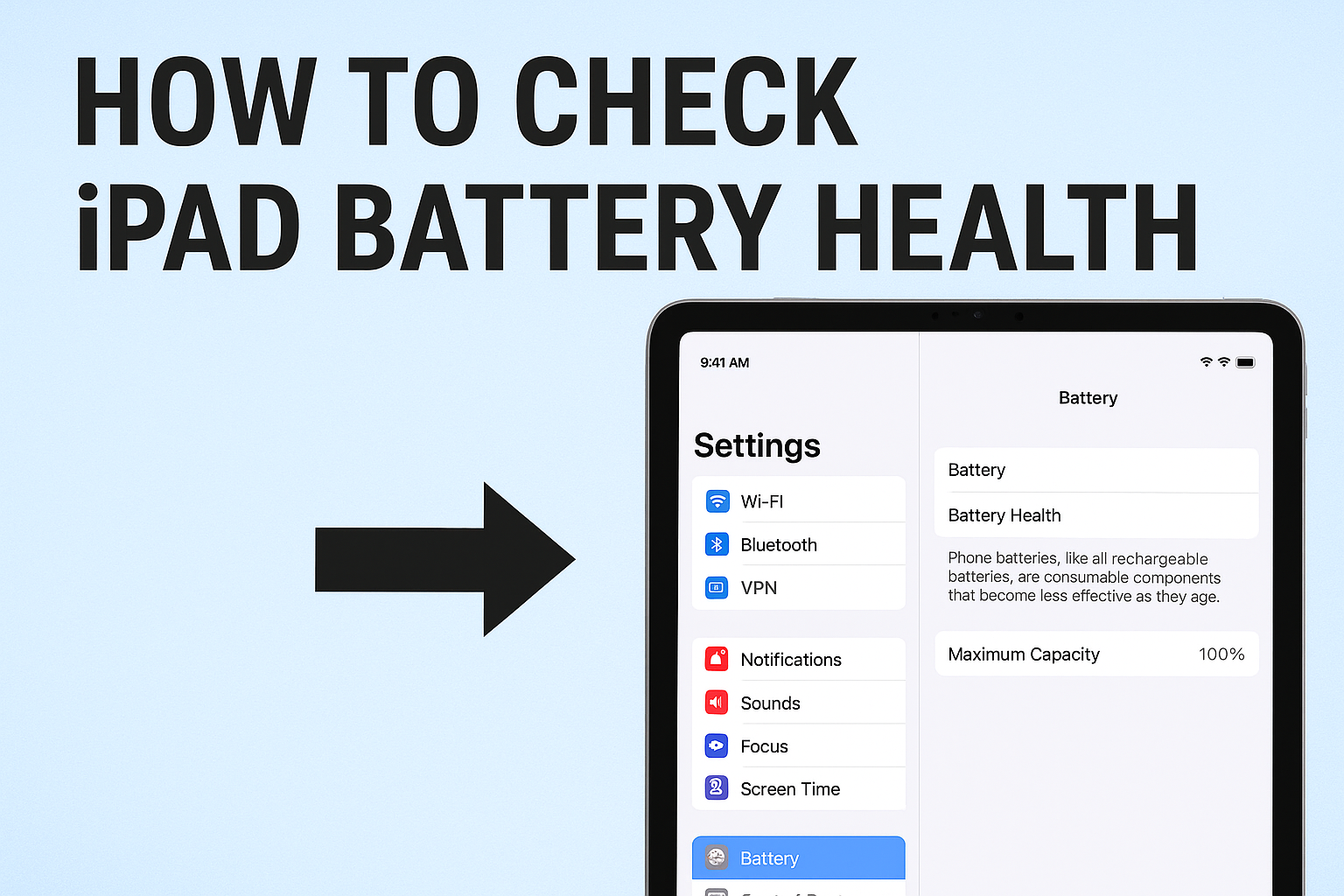
Introduction to Semaglutide
Welcome to our blog post on how to get Semaglutide! If you or a loved one are considering this medication for the treatment of type 2 diabetes, you’ve come to the right place. In this article, we will provide you with all the information you need to know about Semaglutide, including its benefits, how to obtain it, prescription requirements and availability, potential side effects and precautions, as well as cost and insurance coverage. So let’s dive in and explore everything you need to know about getting Semaglutide.
Benefits of Taking Semaglutide
Semaglutide is a medication that has shown significant benefits for individuals with type 2 diabetes. One of the key advantages of taking semaglutide is its ability to lower blood sugar levels. By stimulating insulin production and reducing glucose production in the liver, semaglutide helps to regulate blood sugar and improve glycemic control.
In addition to lowering blood sugar, semaglutide can also lead to weight loss. This medication works by suppressing appetite and promoting feelings of fullness, making it easier for individuals to make healthier food choices and reduce calorie intake. Studies have shown that people who take semaglutide experience greater weight loss compared to those on a placebo.
Another benefit of semaglutide is its potential cardiovascular benefits. Research has indicated that this medication may help reduce the risk of heart attack, stroke, or other cardiovascular events in people with type 2 diabetes who are at high risk.
Furthermore, Semaglutide has been found to have positive effects on overall health markers such as cholesterol levels and blood pressure. It can help decrease LDL cholesterol (the “bad” cholesterol) while increasing HDL cholesterol (the “good” cholesterol).
Taking Semaglutide can provide numerous benefits for individuals with type 2 diabetes including better glycemic control, weight loss support, potential cardiovascular protection, and improvements in overall health markers. Always consult your healthcare provider before starting any new medications or treatments
How to Obtain Semaglutide
Obtaining Semaglutide can be a straightforward process if you follow the necessary steps. Here’s a guide to help you navigate through the process of acquiring this medication.
1. Consult with your healthcare provider: The first step is to schedule an appointment with your healthcare provider, such as a doctor or endocrinologist. They will assess your medical history, conduct relevant tests, and determine if Semaglutide is suitable for you.
2. Obtain a prescription: If your healthcare provider deems it appropriate, they will write you a prescription for Semaglutide. This medication is not available over-the-counter and requires a valid prescription.
3. Visit the pharmacy: Once you have your prescription in hand, take it to your local pharmacy or choose an online pharmacy that offers Semaglutide. Ensure that the pharmacy is reputable and licensed to dispense medications.
4. Insurance coverage: Check with your insurance provider regarding coverage for Semaglutide. Some plans may cover part or all of the cost of the medication, while others may require prior authorization or have specific conditions for coverage.
5. Follow dosage instructions: When you receive Semaglutide from the pharmacy, carefully read and follow the dosage instructions provided by both the pharmacist and included in the medication packaging.
Remember, obtaining Semaglutide should always be done under proper medical supervision to ensure safety and efficacy for managing diabetes or other relevant conditions.
Prescription Requirements and Availability
Prescription Requirements and Availability
Obtaining a prescription for Semaglutide requires a visit to your healthcare provider. Since Semaglutide is a prescription medication, it cannot be purchased over the counter. Your doctor will assess your medical history and evaluate if Semaglutide is suitable for you based on factors like your current health condition, any medications you are already taking, and other relevant considerations.
To begin the process of obtaining Semaglutide, schedule an appointment with your primary care physician or endocrinologist. During the appointment, be prepared to discuss your diabetes management plan and any concerns you may have. It’s important to provide accurate information about your medical history so that your doctor can make an informed decision about prescribing Semaglutide.
Once prescribed, you can obtain Semaglutide from a pharmacy near you. It is available in different strengths and formulations, such as injectable pens or pre-filled syringes. Your healthcare provider will guide you on how to properly administer the medication.
Availability of Semaglutide may vary depending on your location and local regulations. It’s always a good idea to check with multiple pharmacies in your area if one does not have it in stock.
Remember that this blog section should not conclude or summarize information; its purpose is solely to provide details about prescription requirements and availability of semaglutide
Potential Side Effects and Precautions
Potential Side Effects and Precautions
As with any medication, Semaglutide may come with potential side effects that you should be aware of. It is always important to discuss these risks with your healthcare provider before starting treatment.
Some common side effects of Semaglutide include nausea, vomiting, diarrhea, and abdominal pain. These symptoms usually subside over time as your body adjusts to the medication. However, if they persist or become severe, it is crucial to seek medical attention.
In rare cases, Semaglutide can cause more serious side effects such as pancreatitis or kidney problems. If you experience persistent stomach pain or notice changes in urination patterns while taking this medication, contact your doctor immediately.
It is also essential to understand and follow the precautions associated with This medication is not recommended for individuals with a history of medullary thyroid carcinoma or multiple endocrine neoplasia syndrome type 2 (MEN 2). Additionally, if you have a known hypersensitivity reaction to or any of its components, you should avoid using it.
Always inform your healthcare provider about any other medications you are taking before starting treatment with Certain drugs may interact negatively with this medication and affect its effectiveness or increase the risk of side effects.
Remember that everyone’s response to medications can vary, so it’s essential to monitor your own body and report any unusual symptoms promptly. Your doctor will work closely with you throughout your treatment journey to ensure that the benefits outweigh the risks associated with use
Conclusion
Obtaining can be a life-changing decision for individuals suffering from type 2 diabetes or obesity. This medication offers numerous benefits, including improved blood sugar control, weight loss, and reduced risk of cardiovascular events.
To get Semaglutide, you must consult with your healthcare provider who will assess your medical history and determine if this treatment is suitable for you. If prescribed, you can obtain Semaglutide at your local pharmacy or through online pharmacies with a valid prescription.
It’s important to note that while Semaglutide has proven to be effective in managing both conditions, it may not be the right option for everyone. Potential side effects and precautions should also be considered before starting this medication.
The cost of Semaglutide can vary depending on factors such as insurance coverage and dosage requirements. It’s advisable to check with your insurance provider to understand the extent of coverage provided for this medication.
Alternatively, there are other treatment options available for managing type 2 diabetes and obesity. Your healthcare provider can discuss these alternatives with you based on your specific needs and preferences.
Remember, taking control of your health is crucial when dealing with chronic conditions like type 2 diabetes or obesity. By seeking proper medical advice and exploring various treatment options like Semaglutide, you’re taking an active step towards better health outcomes.
Always prioritize open communication with your healthcare provider to ensure that they have all the necessary information about your condition so they can guide you in making informed decisions about managing it effectively.
Disclaimer: The information provided in this article is intended for informational purposes only and should not substitute professional medical advice. Always consult a qualified healthcare professional regarding any concerns or questions related to medications or treatments.





